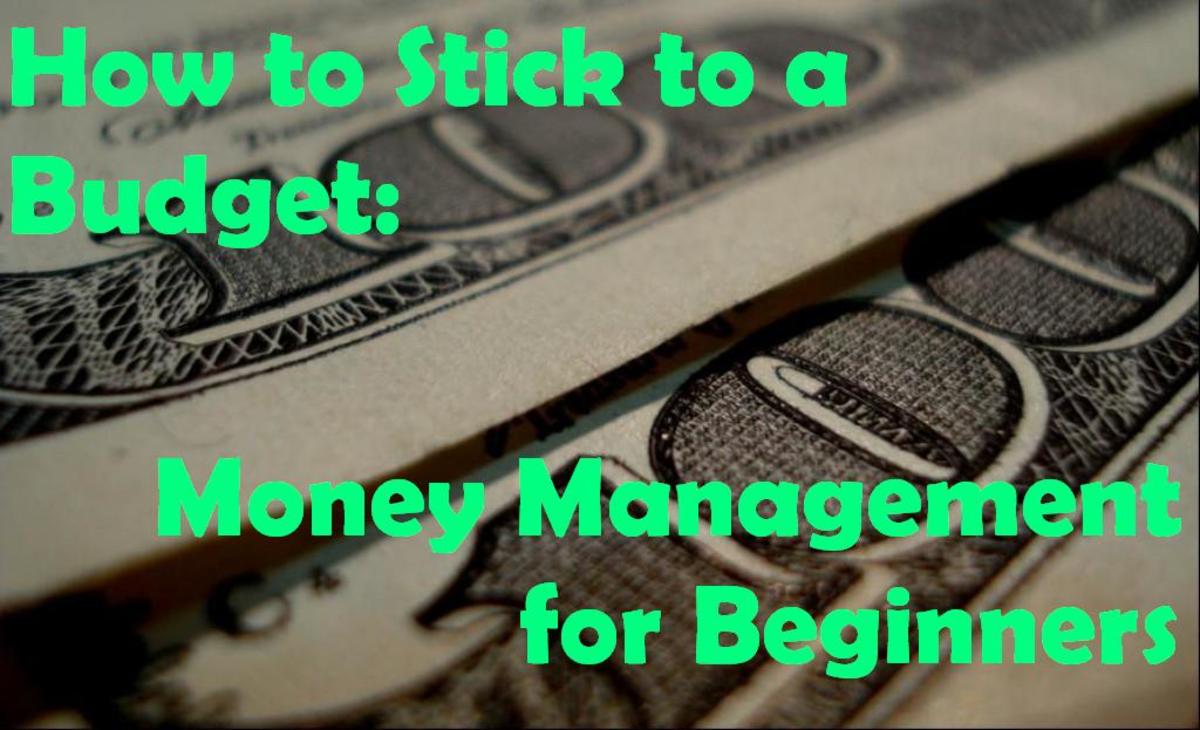How to Eliminate Debt: A Practical Plan

Eliminating Debt in your Life
The word debt carries a stigma with it that many of us know all too well. It's the 300-pound gorilla in the room that everyone knows is there but no one wants to acknowledge. It's one of the most loathed words and concepts know to man. We all hate debt, yet we all seem to draw more debt into our lives with each passing year. So what gives?
Well, debt is something that plays on one of our most basal instincts: we do more to avoid pain than we do to gain pleasure. Debt, in the beginning, is pleasure. We accumulate debt because we feel that it will bring us joy in the short term. We lease a fancy car or buy a bigger house than we can afford all because we want to feel something.
And, although debt might make us feel good in the here-and-now, it's by far one of the things that we grow to loathe. We hate waking up every single day realizing just how much debt we have. And, as time goes by, and we become accustomed to a certain lifestyle, we can't seem to understand how we can shake that debt.
Reduce and Eliminate Debt
So, is there a solution to all of this? Is there an escape from the shackles of this concept that has us feeling imprisoned? Well, if you're in debt, you're certainly not alone. In America alone, as of April 2014, the average credit card household debt balance was $15,191, the average mortgage balance was $154,365, and the average student loan debt was $33,607.
So, how do we crawl out from beneath this mountain? How do we reduce the stress that carrying such heavy financial burdens may bring? Is there really a solution to all of this? Or, is it just some pie-in-the-sky hope that will probably never pan out for us?
The answer is that we can reduce and eliminate debt in our lives if we stick to a plan. But we all know that sometimes, having a plan just isn't enough. It's easy to want to give up and get frustrated. It's far harder to dig in our heels and fight the good fight.
But, fret not, because there is light at the other end of the tunnel. You can eliminate and reduce your debt, and actually still live a normal life.
Here's how it works.
Step #1 - Analyze your Debt
This is probably the most painful part of the process. But it must be done. Like ripping a bandage off of an old wound, it's going to hurt. Be prepared for that.
One of the biggest ways that we find ourselves into debt is by simply ignoring it in the first place. So the first step involves a thorough analysis of your debt.
How does this work? Well, get together all of your bank statements and bills from the past 12 months, along with any receipts that you can conjure up. The task is to calculate both your fixed, revolving debt, and variable expenses.
Usually, we know our fixed expenses. These include things like rent, car payment, insurance, and so on. Other expenses, which are variable, can change drastically from month to month depending on a variety of different factors.
For example, meals and entertainment account for your food and non-work related activities. If you find yourself going out often, how much do you spend doing so?
Finally, we also have our revolving debt payments, which include credit cards and other lines of credit. How much are those revolving debt payments costing you? What are the interest rates? Do you even know the amount of money you're paying each month just to service your revolving debt?
If you're like most people, you probably answered no to that question. It's usually easier for us not to know just how costly our bad habits are, as it's easier to hide from our egos.
So, once you've got all of your debt ad expenses figured out, place it on a spreadsheet by organizing the three types of debt: fixed, revolving, and variable expenses.
Then, organize your revolving debt payments by order interest rate. What's your highest interest rate revolving debt? Use the following fields: total debt, interest rate, and minimum monthly payment.
Step #2: Make a Debt-Free Plan
The second step, once you've outlined your debt and expenses, is to make a debt-free plan. Ask yourself just how long you want to take to pay off all your debt.
If you doubt that it's possible to pay off your debt, then it's clear that you're not committed enough to it. Because, anything you put your mind to, you can accomplish. it simply boils down to how strong your reasons are for accomplishing that goal.
So, how long do you want to take to get debt-free? 12 months? 2 years? 3 years? The choice really is yours, and of course, it all depends on just how much debt you're carrying.
But, regardless, your plan should be backed up with specifics. Don't just set some abstract goals in your mind. You have to set to paper to write out these goals and create your debt-free plan. Then, put it somewhere that you can see it every single day.
Step #3: Create a Budget
The next step to get out of debt is to actually create a budget. How much debt do you want to pay off, and when? The most important things to focus on in the beginning is your revolving, high-interest rate debt.
Start by doubling your payments towards your highest-rate interest credit card or loan until it's paid off. Then, work your way backwards.
You'll have to prioritize debt repayment and figure out ways to make things work, budget-wise. If you have a $5-per-day latte habit, start by bringing coffee from home. This will save you $25/week, $100/month, or $1200/year.
Remember, it's easy to overlook small expenses, but when you add them up over the course of weeks, months, or even years, they start to become significant.
A single investment of $1200 at 9% interest rate becomes $37,691 after 40 years. However, if you were to invest $1200 per year every year for 40 years, at 9% interest rate, it becomes $479,642. That's the power of compound interest.
Step #4: Find Debt-Free Inspiration
It's easy to get discouraged when we're pursuing our goals, no matter what those goals may be. So, you have to find some inspiration, especially for those times when we hit plateaus.
Find something that can help to inspire you through the tough times. Maybe it's a house that you want to save up for. So, find some photos of homes that you love and pin them around your desk at work, or on your refrigerator in your kitchen as a way of reminding yourself of your goals.
When you hit that plateau, make sure that you have some ways to help keep yourself going. Don't give up on your goals just because you hit some rough spots. It's okay to fail, but it's not okay to give up.
Step #5: Track Everything
The last step, but certainly not least, is to measure and track everything while you pursue your debt-free goals. Why is this important? Well, when we don't measure and track things, it's easy to get sidetracked.
For example, if you're not sure just how much you're paying in bank fees, it's easy to ignore them. But, when you realize just how much they've added up due to bad spending habits, you certainly take notice.
When you measure and track everything, you literally want to track every penny that you spend. Use a spreadsheet, an app on your smartphone, or the trusty old method of a pencil and pad. But don't ignore this step.
When you know just how much is going out the door and just how much is coming in on a daily basis, then it's easier to achieve your goals.








